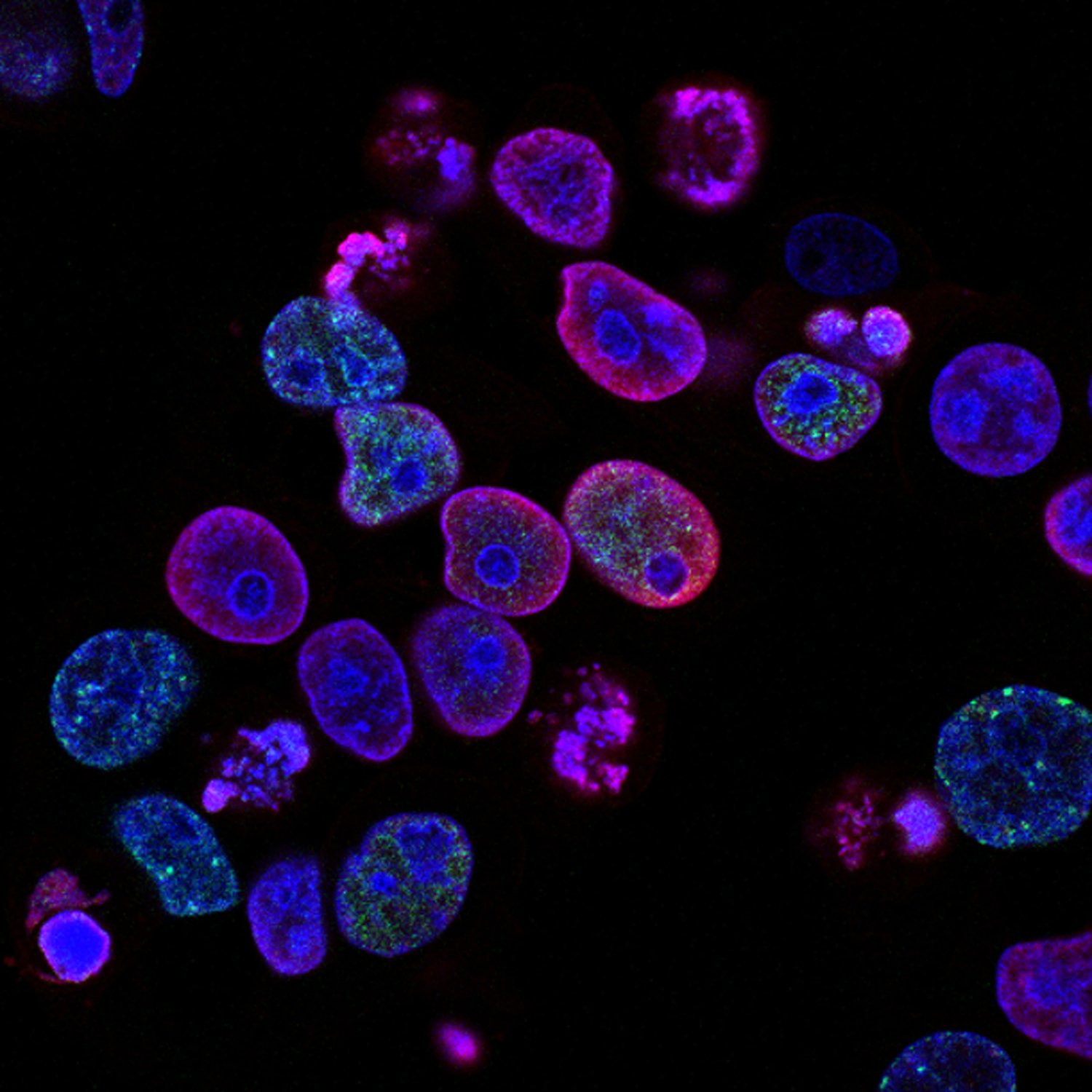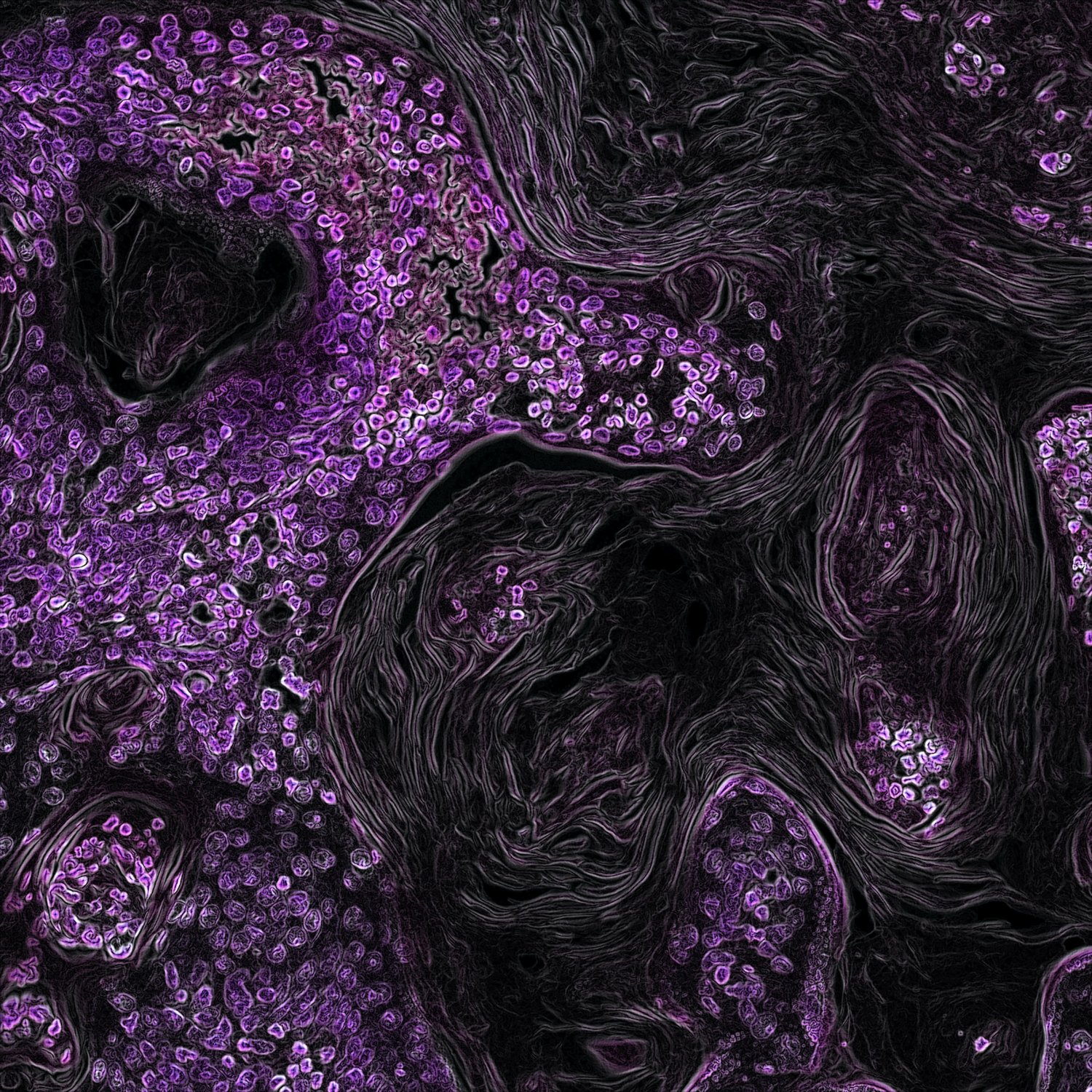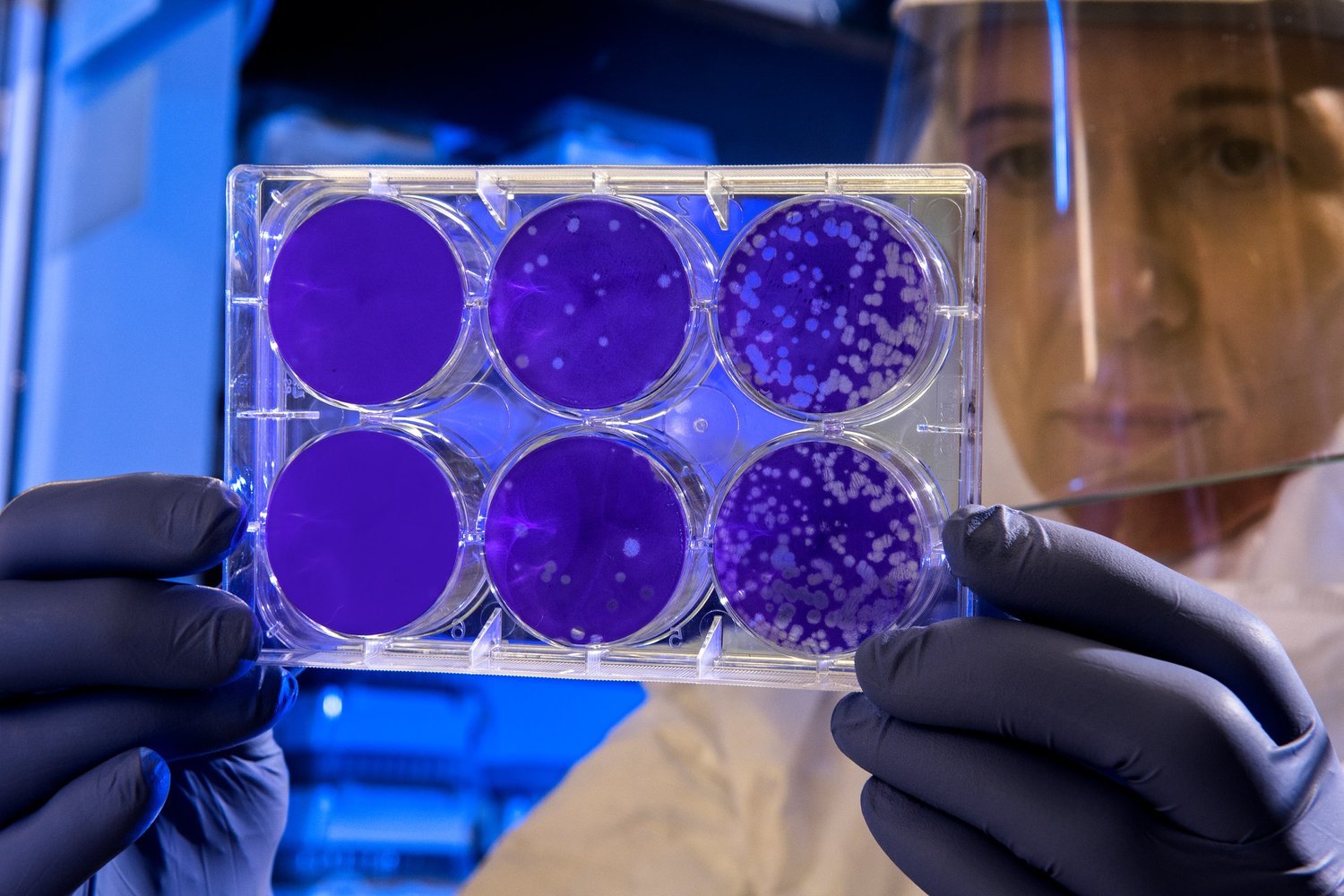WHAT ARE STEM CELLS?
CAN STEM CELLS REVERSE AGE?
The harmony of nature depends upon the continuous cycles of damage and repair of its various components. The problems like earthquake, floods and similar disasters are followed by immediate regulatory actions. Similarly, in our lives, when faced with a problem, the first approach is to find a solution to it. The ailments we bear are dealt with by curative measures. The balance of damage and repair is necessary for survival, otherwise, the accumulated harm would precipitate a catastrophic end to our beings.

This balance is also essential for the survival of the body. Our bodies are constantly exposed to exogenous and endogenous stresses which damage the cells. In order to deal with this damage, the body activates its reparative mechanisms, and if the damage is beyond repair, the damaged cells are replaced by newer ones. The processes of growth and development themselves are associated with replacing the old, worn-out cells with the healthier ones. The source of these new cells are the Stem cells, the cells with unlimited replicative and differentiation capacity.
“A STUDY CONDUCTED IN MICE PROVES THE BENEFICIAL USE OF STEM CELLS IN THE TREATMENT OF AGE-RELATED DISEASES SUCH AS OSTEOPOROSIS, ATHEROSCLEROSIS, TYPE 2 DIABETES, ALZHEIMER’S, AND PARKINSON’S DISEASE”
HOW DO STEM CELLS WORK?
The genetic material of our body encodes messages for structural components and functional regulation. It is composed of chromosomes that replicate during cell division. At the ends of these chromosomes are short sequences of DNA known as telomeres. These strands shorten with each cell division; therefore, a cell can only undergo a limited number of replications. The two exceptions to this limitation, however, are Stem cells and Cancer cells. Cancer cells acquire this ability through pathologic mechanisms. Stem cells are naturally endowed with an enzyme, Telomerase which maintains the length of telomeres.¹
In addition to the limitless replicative potential, stem cells also have the ability to differentiate into any type of cell. The local molecular environment plays a role in the differentiation of stem cells. There are millions of cells in the body, with characteristic features and functions and the stem cell can develop into any of these cells. As the stem cell divides it not only develops into a specific cell, it also produces its own progeny so that its reserves are not exhausted

TYPES AND SOURCES
Stem cells are classified on their ability to develop into different cell types
Ø Totipotent stem cell has the ability to differentiate into any type of cell. The human develops from the fusion of sperm and ova to form a zygote. It replicates and differentiates into the complex arrangement of various cells that we see as a newborn.
Ø Pluripotent stem cell includes embryonal cells which divide into components of germ cell layers.
Ø Multipotent stem cells have a narrower spectrum of differentiation and include hematopoietic stem cell which develops into blood cells.
Ø Oligopotent stem cell includes myeloid stem cell which develops into red blood cells, platelets, etc.
Ø Unipotent stem cell can develop into one cell type e.g. skin cells.
In adults, the major source of stem cells is the bone marrow. They are also found in the eyes, liver, blood, gonads, skin, etc. The umbilical cord and amniotic fluid contain perinatal stem cells.²
THERAPEUTIC USE
Stem cell transplant is currently being used for the treatment of cardiovascular diseases such as heart failure, neurological disorders, such as Multiple Sclerosis, kidney diseases, diabetes, and even cancer. Conditions such as alopecia, burns, acne, hearing loss, and traumatic injuries can also be amended by stem cell therapy.³
The umbilical cord is a source of Cord Blood Cells, these hematopoietic stem cells can be used to treat blood disorders, such as leukemia, lymphoma, anemia, and thalassemia. They provide individual-specific treatment and they are less likely to cause transplant rejection.

AGE REVERSAL
The body is exposed to external harms such as UV rays, as well as internal stress caused by oxidative components produced during metabolism. This constant exposure to damaging components sets up inflammation which further damages the cells. These vulnerable fighters are replaced by newer cells, which face the same fate and are ultimately replaced during the process of repair.
There is a limit to this process due to the limited ability of the cells to divide, called Cellular Senescence. So when a cell has completed its predetermined number of divisions, the damaged cells accumulate, set up inflammation, and provide fertile soil for the development of genetic and functional aberrations driving the body down the road of aging, the process of progressive decline in physiological and biological function.
We see that the inability of the body to regenerate new cells is central to the process of aging. So, if we introduce stem cells with their striking properties in the body at this point, one would think that the problem is solved. This is true, as studies have proved that stem cells can slow down the process of aging. Stem Cell Rejuvenation is the introduction of stem cells into the body; it not only increases the restorative capacity of the body but also keeps the damaging process of inflammation in check.⁴
Additionally, the adult cells can acquire the characteristics of stem cells through nuclear fusion, they are called Induced Pluripotent Stem Cells iPSC. In a study conducted by Jean-Marc Lemaitre, the old senescent stem cells were transformed into induced pluripotent stem cells in vitro. These cells and the cocktail of six genetic factors, that are known to interrupt the process of aging, transformed the iPSC into embryonal stem cells. Such cells have the same characteristics as a young cell and the age of the donor cell has no effect on them. ⁵ ⁶
This in effect precipitates the process of age-reversal and youth restoration.
Stem cell therapy not only hampers the process of aging but, can also be used to treat age-related diseases. Mesenchymal stem cells; which are endowed with the ability to develop into various cell types such as bone, cartilage, and blood vessel cells, are used for this purpose. A study conducted in mice proves the beneficial use of stem cells in the treatment of age-related diseases such as osteoporosis, atherosclerosis, type 2 diabetes, Alzheimer’s, and Parkinson’s disease.⁷ ⁸
And let me just say that this is merely the tip of the iceberg.
BETWEEN MYTH AND REALITY
As much as I would like you to focus on the incredible applications of stem cell therapy, it would be just as useful to know that it isn’t a magical cure-all for aging. Not yet at least. Firstly, it doesn’t work for everyone. Secondly, it is just too expensive for many people.
One more reason to be cautious about this is the fact we don’t have many long term studies on the effects of stem cell rejuvenation. So we should add a pinch of pragmatism to our hopes of age reversal through this process.
As for what the future holds, I am hoping to be pleasantly surprised!
CONCLUSION
One of the modern health problems that we have not been able to tackle is process of aging. Various therapies are being investigated for their effect on age reversal. Stem cell rejuvenation therapy, although fairly new, is expected to bear fruitful outcomes to make a huge impact on the idea of age reversal. Remember we don’t intend to merely slow down the process of aging. We aim to reverse it to restore our bodies to their prime.
At LiveYounger, we aim to achieve this through a healthy lifestyle and habits that will enable us to cherish the years of youth and live a happy and fulfilling life. Check out my book Lead A Horse To Water for further reading.
“STEM CELL THERAPY NOT ONLY HAMPERS THE PROCESS OF AGING BUT, CAN ALSO BE USED TO TREAT AGE-RELATED DISEASES. MESENCHYMAL STEM CELLS; WHICH ARE ENDOWED WITH THE ABILITY TO DEVELOP INTO VARIOUS CELL TYPES SUCH AS BONE, CARTILAGE, AND BLOOD VESSEL CELLS, ARE USED FOR THIS PURPOSE.”
Bibliography
- Sahin, E., & Depinho, R. A. (2010). Linking functional decline of telomeres, mitochondria and stem cells during ageing. Nature, 464(7288), 520–528. https://doi.org/10.1038/NATURE08982
- Zakrzewski, W., Dobrzyński, M., Szymonowicz, M., & Rybak, Z. (2019). Stem cells: Past, present, and future. Stem Cell Research and Therapy, 10(1), 1–22. https://doi.org/10.1186/S13287-019-1165-5/FIGURES/8
- Chang, L., Fan, W., Pan, X., & Zhu, X. (2022). Stem cells to reverse aging. Chinese medical journal, 10.1097/CM9.0000000000001984. Advance online publication. https://doi.org/10.1097/CM9.0000000000001984
- Zakrzewski, W., Dobrzyński, M., Szymonowicz, M., & Rybak, Z. (2019). Stem cells: Past, present, and future. Stem Cell Research and Therapy, 10(1), 1–22. https://doi.org/10.1186/S13287-019-1165-5/FIGURES/8
- Lapasset, L., Milhavet, O., Prieur, A., Besnard, E., Babled, A., Ät-Hamou, N., Leschik, J., Pellestor, F., Ramirez, J. M., De Vos, J., Lehmann, S., & Lemaitre, J. M. (2011). Rejuvenating senescent and centenarian human cells by reprogramming through the pluripotent state. Genes and Development, 25(21), 2248–2253. https://doi.org/10.1101/GAD.173922.111
- Browder, K. C., Reddy, P., Yamamoto, M., Haghani, A., Guillen, I. G., Sahu, S., Wang, C., Luque, Y., Prieto, J., Shi, L., Shojima, K., Hishida, T., Lai, Z., Li, Q., Choudhury, F. K., Wong, W. R., Liang, Y., Sangaraju, D., Sandoval, W., … Izpisua Belmonte, J. C. (2022). In vivo partial reprogramming alters age-associated molecular changes during physiological aging in mice. Nature Aging, 2(3), 243–253. https://doi.org/10.1038/S43587-022-00183-2
- Kassem, M. (2006). Stem cells: potential therapy for age-related diseases. Annals of the New York Academy of Sciences, 1067(1), 436–442. https://doi.org/10.1196/ANNALS.1354.062
- Ikehara, S., & Li, M. (2014). Stem cell transplantation improves aging-related diseases. Frontiers in Cell and Developmental Biology, 2(MAY), 16. https://doi.org/10.3389/FCELL.2014.00016/BIBTEX